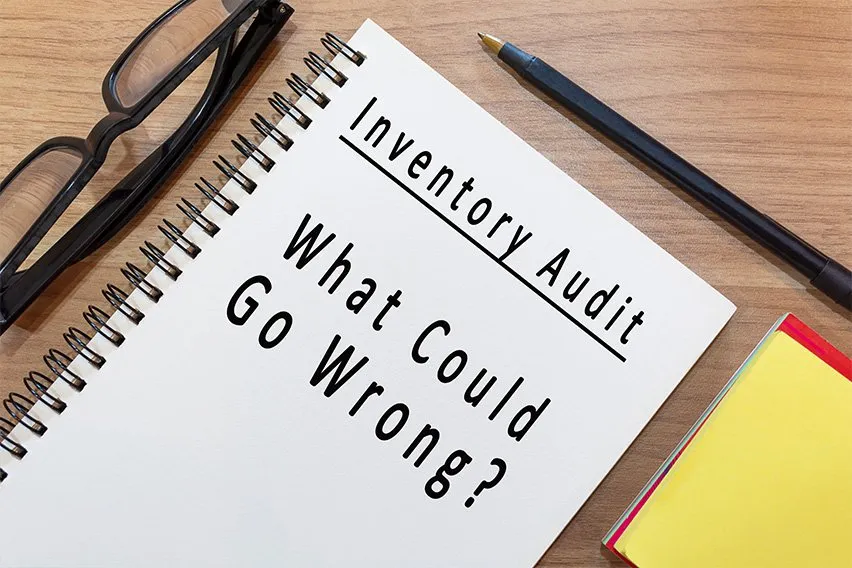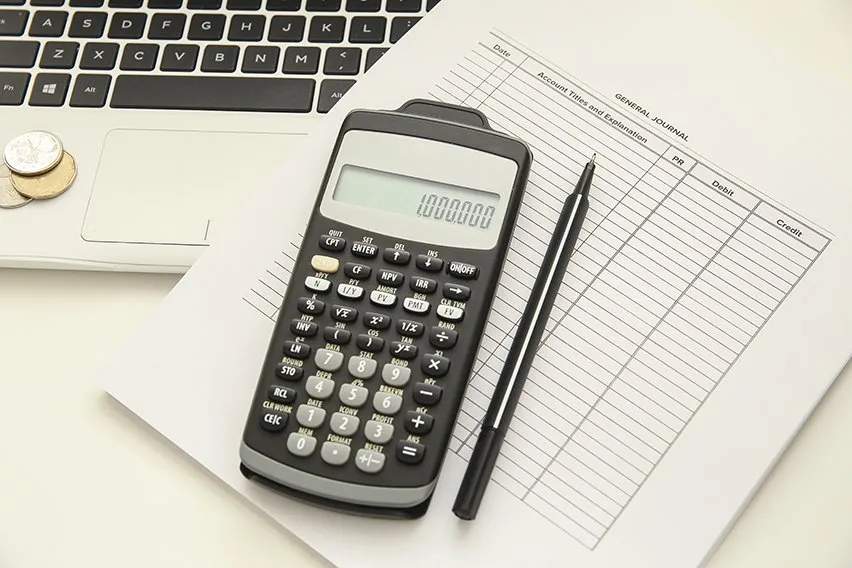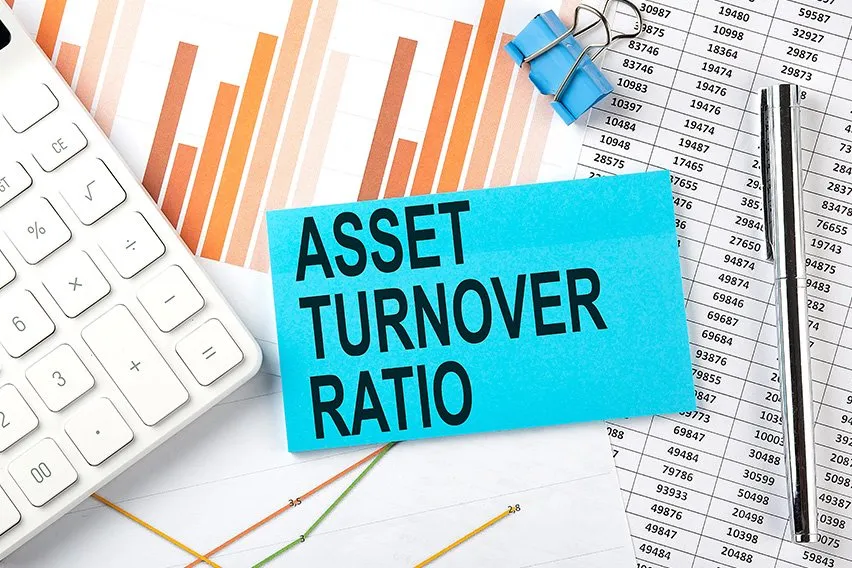How to Calculate the Ending Inventory?

To calculate the ending inventory, the new purchases are added to the ending inventory, minus the cost of goods sold. This provides the final value of the inventory at the end of the accounting period.
The ending inventory is based on the market value or the lowest value of the goods that the business possesses.
What this article covers:
- What Is the Meaning of Ending Inventory?
- How Do You Calculate Closing Inventory?
- How Do You Calculate Ending Inventory Using Gross Profit?
- How Do You Calculate Ending Inventory Using Retail?
- How Do You Calculate Work in Process Ending Inventory?

What Is the Meaning of Ending Inventory?
Ending inventory is the value of goods available for sale at the end of an accounting period. It is the beginning inventory plus net purchases minus cost of goods sold. Net purchases refer to inventory purchases after returns or discounts have been taken out.
While the number of inventory units remains the same at the end of an accounting period, the value of ending inventory is affected by the inventory valuation method selected.
FIFO (first in, first out) method is used during a period of rising prices or inflationary pressures as it generates a higher ending inventory valuation than LIFO (last in, first out). As such, certain businesses strategically select LIFO or FIFO methods based on different business environments.
How Do You Calculate Closing Inventory?
The most obvious way to calculate closing inventory is by doing a physical count at the end of each month and then to value the inventory using a valuation method such as LIFO, FIFO and Weighted Average Method.
However, in most cases, it’s not practical to carry out a physical count. Hence an estimation method is used for estimating closing inventory.
1. Gross Profit Method
2. Retail Method
How Do You Calculate Ending Inventory Using Gross Profit?
Use the following steps to calculate closing inventory by the gross profit method:
- Add the cost of beginning inventory to the cost of purchases during the period. This is the cost of goods available for sale.
- Multiply the gross profit percentage by sales to find the estimated cost of goods sold.
- Subtract the cost of goods available for sold from the cost of goods sold to get the ending inventory.

How Do You Calculate Ending Inventory Using Retail?
The retail inventory method is commonly used by retailers to calculate their ending inventory. This method uses the proportion of the retail price to cost in prior periods. The calculation is:
- Compute the cost-to-retail percentage.
|The formula for this is:
Cost-To-Retail Percentage = Cost / Retail price - Calculate the cost of goods available for sale.
The formula is:
Cost of Good Available for Sale = Cost of beginning inventory + Cost of purchases - Calculate the cost of sales during the period
The formula is:
Cost of Sales = Sales x Cost-To-Retail Percentage - To calculate the ending inventory, use the following formula
Ending Inventory = Cost of goods available for sale – Cost of sales during the period
This method only works if you consistently all products are marked up by the same percentage. This means that if there are a series of discounts for stock clearance after the main selling season, it can change the outcome of this calculation.
How Do You Calculate Work in Process Ending Inventory?
Partially completed inventory is known as work in process is inventory. This inventory requires additional processing before it can be classified as finished goods inventory.
The calculation of ending work in process is:
Beginning WIP + Manufacturing Costs – Cost of Goods Manufactured
= Ending Work in Process
It is important to note that the methods of calculating ending inventory can only be used for estimating the inventory. A physical count or a cycle counting program is needed for an accurate ending inventory valuation.
RELATED ARTICLES


 What Is an Accounting Journal? Definition of Journal in Accounting
What Is an Accounting Journal? Definition of Journal in Accounting What Are Noncash Expenses? Meaning and Types
What Are Noncash Expenses? Meaning and Types 6 Types of Activity Ratios: Explained
6 Types of Activity Ratios: Explained Percentage of Completion Method Decoded
Percentage of Completion Method Decoded 9 Accounting Tips for Small Businesses
9 Accounting Tips for Small Businesses Restaurant Accounting: A Step-by-Step Guide
Restaurant Accounting: A Step-by-Step Guide